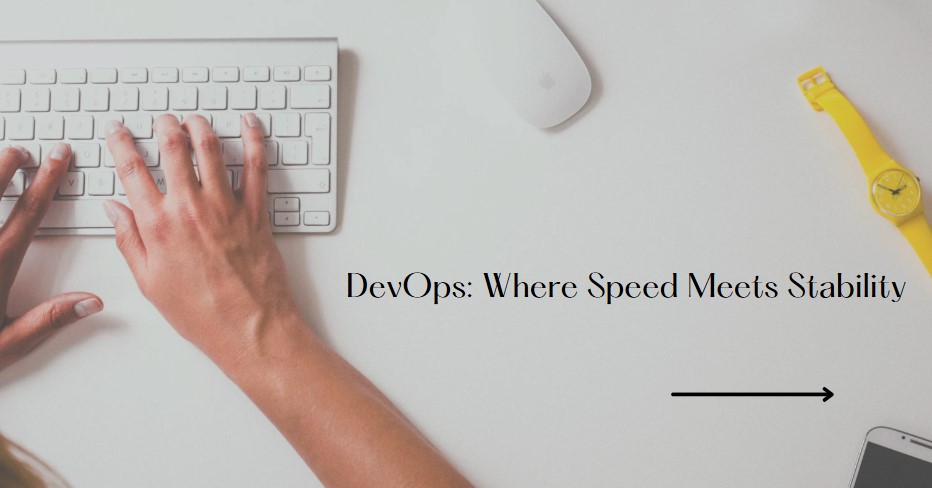DevOps Engineer Roadmap with Cloud and Essential Tools
 lokeshmatetidevops1
lokeshmatetidevops1
A structured guide to becoming a skilled DevOps engineer with Cloud, CI/CD, Kubernetes, Terraform, and GitOps.
This article will focus on DevOps with cloud providers like AWS, Azure, or Google Cloud, along with essential tools for CI/CD, infrastructure automation, monitoring, and more.
1. Learn Linux Basics
Since most cloud environments and DevOps tools run on Linux, having a good understanding of Linux is a must.
Learn basic Linux commands (ls, cd, mkdir, rm, chmod, chown, grep, find, etc.)
Understand process management (ps, top, kill, nice, etc.)
Learn about networking basics (ping, netstat, curl, ssh, etc.)
Understand user and permission management
2. Learn a Scripting Language
A DevOps engineer must be comfortable with scripting for automation and configuration management.
Shell scripting (Bash): Writing scripts to automate server management tasks
Python: Used for automation, AWS/Azure SDKs, scripting in CI/CD pipelines
3. Learn Git and Version Control
Every DevOps workflow revolves around Git for source code management.
Learn Git commands (clone, commit, push, pull, branch, merge, rebase, etc.)
Understand branching strategies (Git Flow, Trunk-based development)
Learn Git hosting platforms (GitHub, GitLab, Bitbucket)
4. Cloud Fundamentals (AWS / Azure / GCP)
Choose one cloud provider and master its core services.
Compute: EC2 (AWS), Virtual Machines (Azure), Compute Engine (GCP)
Storage: S3 (AWS), Blob Storage (Azure), Cloud Storage (GCP)
Networking: VPC (AWS), Virtual Network (Azure), VPC (GCP)
IAM (Identity & Access Management): Roles, Policies, Security Groups
Serverless: AWS Lambda, Azure Functions, Google Cloud Functions
5. Learn Containerization (Docker)
Containers are widely used in DevOps for application packaging and deployment.
Learn Docker basics (Dockerfile, images, containers, volumes, networks)
Understand container lifecycle (build, run, stop, remove, tag, push, pull)
Learn how to write Docker Compose files for multi-container applications
6. Code Analysis & Security Scanning
Code quality and security are crucial in DevOps. Implement automated code analysis tools to identify vulnerabilities, enforce coding standards, and ensure security compliance.
Static Code Analysis Tools:
SonarQube – Code quality and security scanning
ESLint & Prettier – Linting and formatting for JavaScript
Checkov – Static analysis for Infrastructure as Code (Terraform, Kubernetes)
Security & Vulnerability Scanning:
Snyk – Security scanning for dependencies and container images
Trivy – Container and Kubernetes security scanning
Bandit – Python security analysis
7. Container Registry
Store and manage container images using:
AWS ECR (Elastic Container Registry)
Azure Container Registry
Google Container Registry
Docker Hub, GitHub Container Registry, JFrog Artifactory
8. CI/CD - Continuous Integration & Deployment
Automate build, test, and deployment processes.
Choose a CI/CD tool: Jenkins, GitHub Actions, GitLab CI/CD, CircleCI, ArgoCD
Learn pipeline scripting:
GitHub Actions: Workflows, jobs, steps
GitLab CI/CD: .gitlab-ci.yml
Jenkins: Declarative and scripted pipelines
Implement CI/CD pipelines for building and deploying applications
9. Kubernetes (K8s) - Container Orchestration
Kubernetes is the industry standard for container orchestration.
Learn Kubernetes fundamentals: Pods, Deployments, Services, ConfigMaps, Secrets
Understand Kubernetes networking (Ingress, Load Balancers, DNS, CNI plugins)
Learn how to deploy applications on Kubernetes (EKS, AKS, GKE)
Troubleshoot Kubernetes workloads (kubectl commands, logs, debugging)
10. Helm - Kubernetes Package Management
Helm simplifies Kubernetes application deployment.
Understand Helm chart structure (Chart.yaml, values.yaml, templates)
Learn how to package and deploy applications using Helm
11. GitOps - Continuous Deployment with ArgoCD or FluxCD
Learn GitOps concepts (declarative deployments, automated sync)
Set up ArgoCD or FluxCD to manage Kubernetes applications
12. Monitoring & Logging
A DevOps engineer should monitor infrastructure and applications effectively.
Prometheus & Grafana: Collect and visualize metrics
ELK (Elasticsearch, Logstash, Kibana) or OpenSearch: Log management
Cloud-native monitoring tools: AWS CloudWatch, Azure Monitor, GCP Operations
13. Infrastructure as Code (IaC)
Automate infrastructure provisioning using:
Terraform: Learn how to write Terraform scripts to provision cloud resources
CloudFormation (AWS) or Azure Bicep for cloud-native IaC
Learn about state management, modules, and best practices
14. Bonus Skills
Configuration Management: Ansible, Puppet, Chef
Service Mesh: Istio, Linkerd
Networking Basics: DNS, Load Balancing, API Gateways
Conclusion
This roadmap gives you a structured path to follow if you want to become a DevOps engineer with expertise in cloud environments. Whether you are a beginner or have some experience, following this step-by-step approach will help you build a strong foundation and advance your career in DevOps.
Subscribe to my newsletter
Read articles from lokeshmatetidevops1 directly inside your inbox. Subscribe to the newsletter, and don't miss out.
Written by
